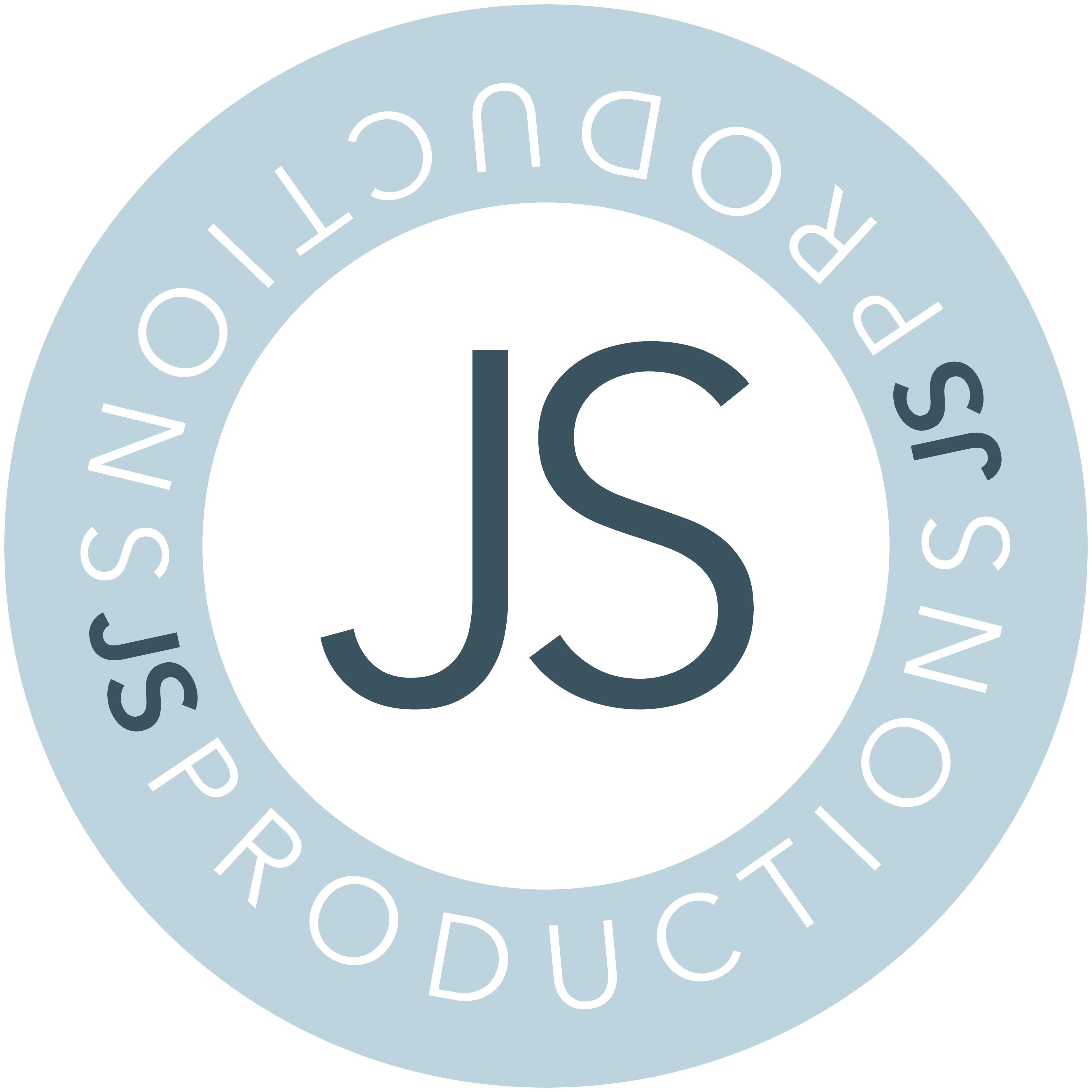Take time to stretch.

But also be careful not to over-stretch, because that can cause destabilization and injury.
Both strengthening & stretching are super important, and they serve specific, interrelated functions. While they are distinct, they are not mutually exclusive. It’s possible to both strengthen & stretch at once, which is something I try to incorporate in my classes.
ACTIVE stretching actually helps protect you from over-stretching, because in active-stretching, when a muscle is engaged (contracted), it’s much harder to go beyond your functional range-of-motion. I often tell my clients: Unless you are training for the circus or are a professional dancer, you probably don’t need to put your foot behind your head. (That said, I LOVE myself some crazy yoga poses, but I’m really careful with those, and they don’t make up the majority of my movement regimen.)
FUNCTION & LONGEVITY are way more sexy than being able to do a bunch of “cool moves” that don’t help you in your daily life.
Also: In addition to muscle tissue, there’s FASCIA tissue all throughout your body. Fascia research is relatively new science, and we now know that it actually affects stiffness & flexibility a lot more than muscles do sometimes. Fascia responds well to active-stretching. My friend Daniel Mantei is a wonderful fascia stretch instructor, so be sure to check him out.
How do you know what the heck you’re doing? How do you know if your stretch routine is actually effective? When should you foam roll, and when should you stretch? Or should you strengthen instead? What’s this fascia stuff all about?
I’m happy to nerd out with you and answer any questions you might have. Let’s investigate!

